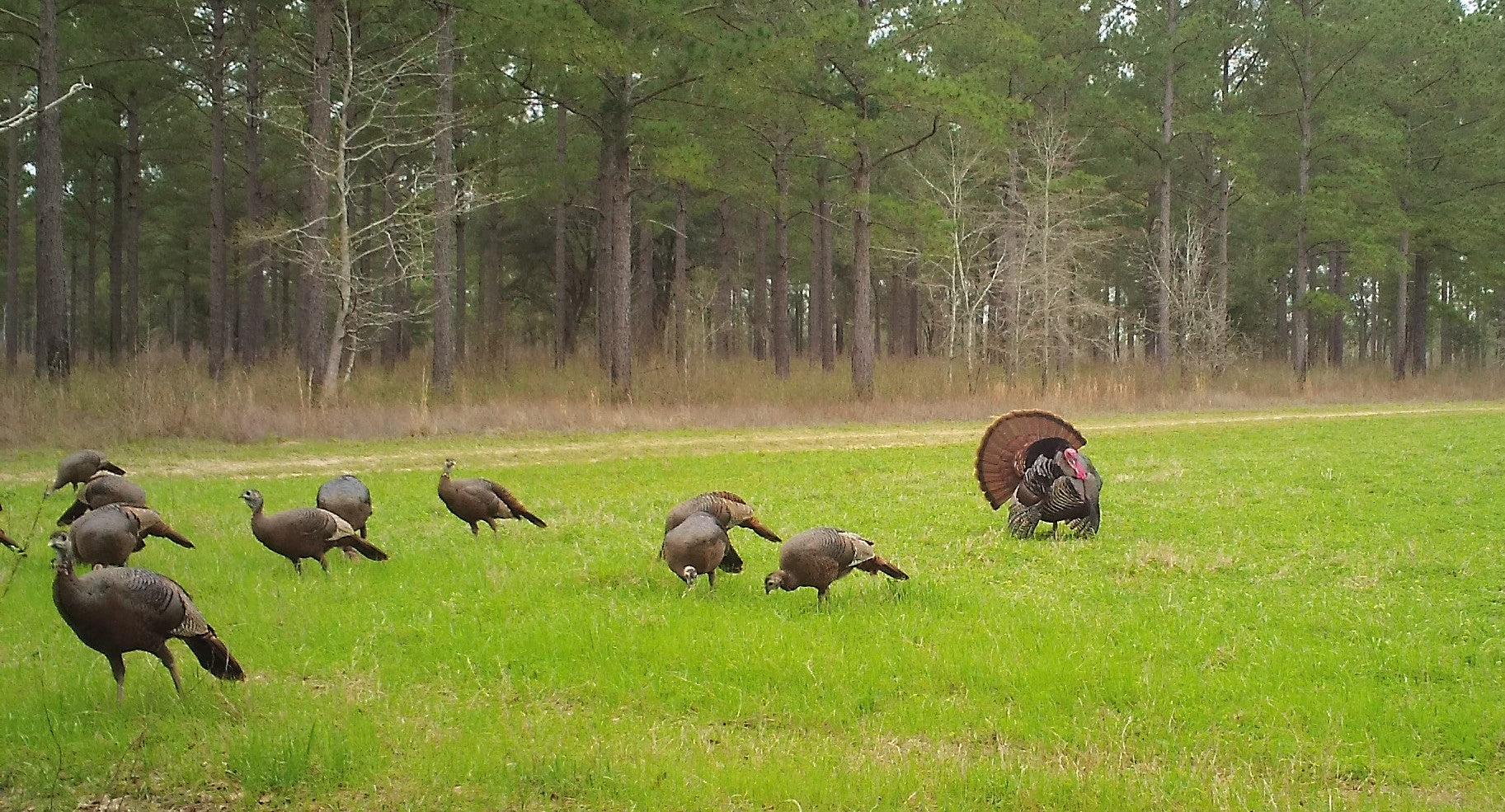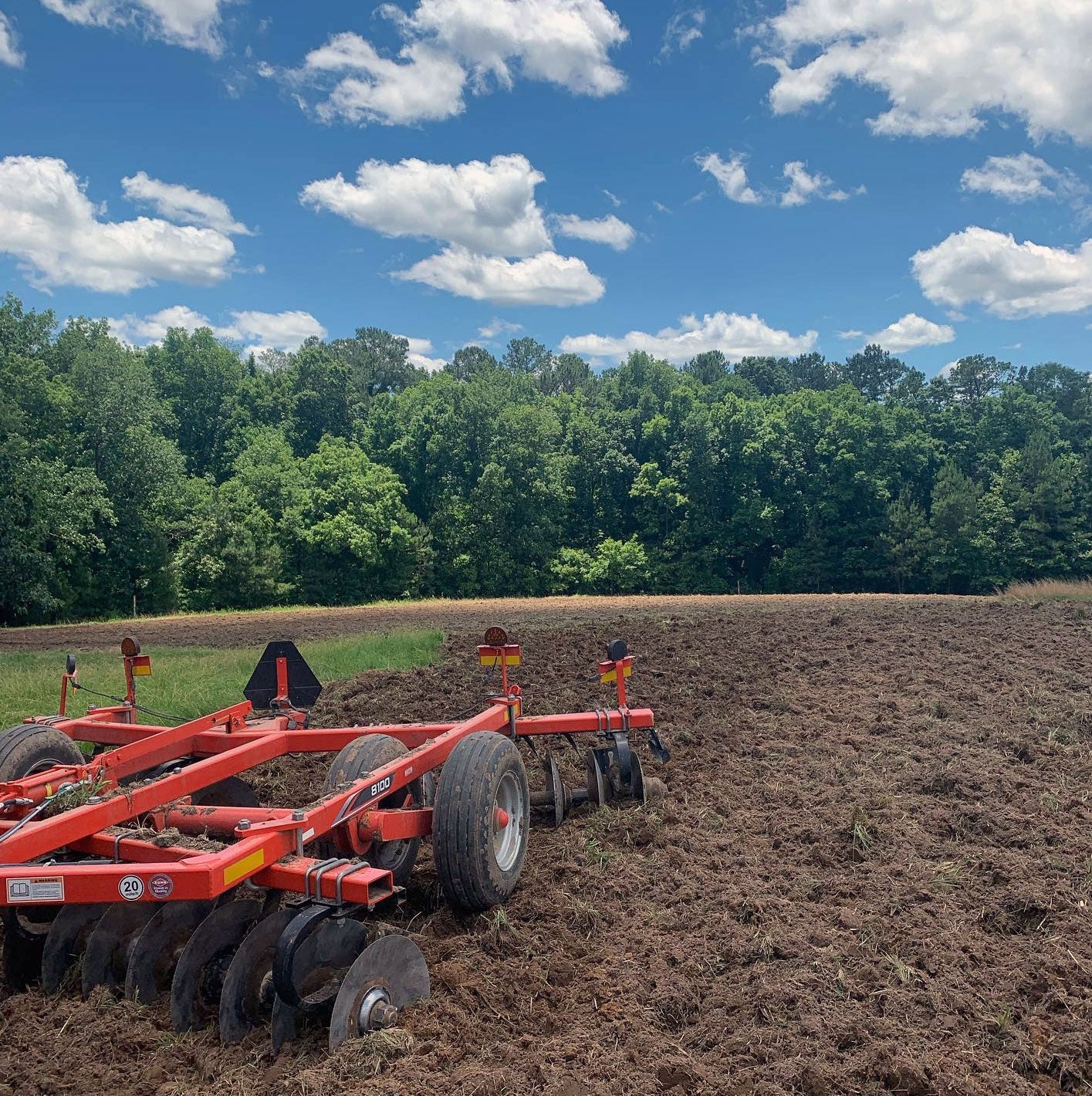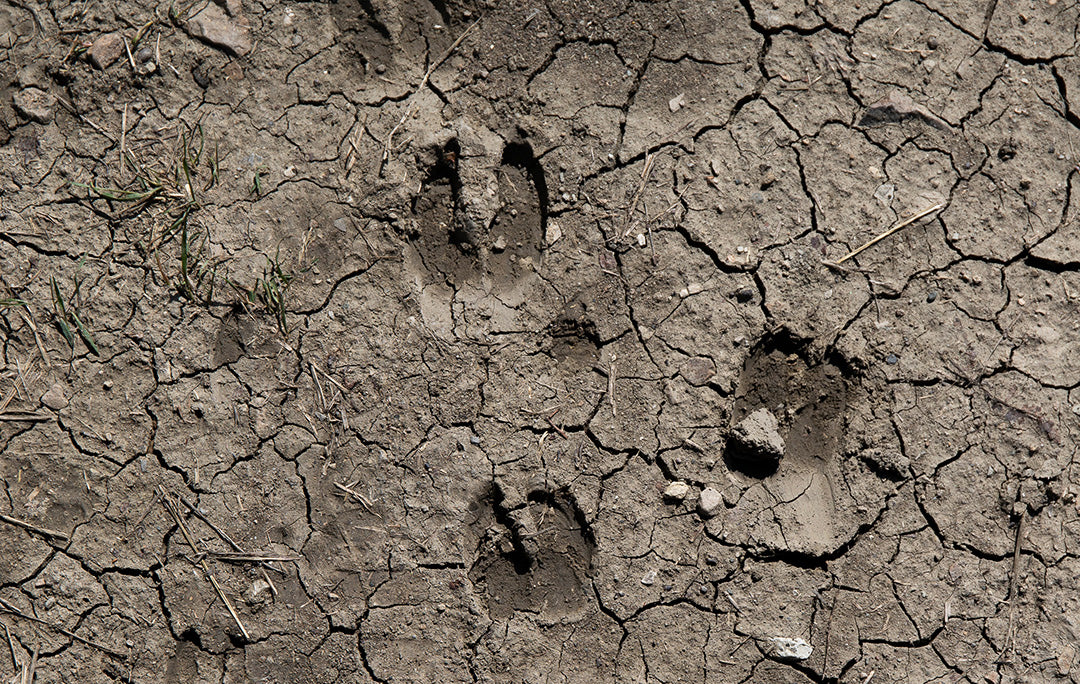SPIKES: DOES THE LATEST RESEARCH ON WILD DEER FINALLY ENDS THE DEBATE? - PART III
In Part I and II of this series, I defined what a spike buck was and explained the background of the debate. I also summarized the theories behind each of the two camps related to the question of whether or not to shoot spikes. Lastly, I examined the results of the most recent penned studies helping to finally settle this debate. Unfortunately, these studies have not addressed the question of whether or not to shoot spikes in a wild situation because of the inherent biases associated with studying penned deer.
In penned situations, deer are forced to live in very close quarters with each other. The density stress and influences of dominance caused by this very unnatural situation may have large impacts on antler growth that may have influenced the outcomes of these penned studies.
Another problem with penned deer studies is that most of the selection abilities available with a penned deer herd are not possible with wild herds. Although inferior bucks can be intensively hunted and culled from a wild deer herd, it is a nearly impossible task to accurately remove the lowest scoring 70-85 percent of the buck herd through hunting, without any harvest errors, all before the breeding season!
Lastly, an advantage of penned studies is the nutritional level can be controlled so that its effects are limited as a source of bias. In the wild, nutritional levels are much more difficult to control. As a result, the effects of nutrition on antler size may swamp all evidence of any genetic effects, especially where nutritional levels are highly variable such as south Texas.
It seems the only way to finally settle the spike debate is to conduct similar research with deer in the wild. Part III in this five-part series examines the results of recent, groundbreaking research conducted on deer in the wild.
The South Texas Buck Capture Project
Drs. Dave Hewitt, Fred Bryant, and I initiated the South Texas Buck Capture Project during 1998 through the Caesar Kleberg Wildlife Research Institute at Texas A&M University-Kingsville. Doctorate student John Lewis came on board during 2004. We have since captured nearly 5,000 wild deer on five different south Texas ranches. More than 4,000 of these deer were antlered bucks!
One of the main objectives of this large-scale, long-term project was to address the ongoing spike debate with wild deer. During the first 11 years (1998-08), we randomly captured 802 yearling bucks. Three hundred and fifteen of these 802 yearling bucks were spike antlered (39 percent) indicating that, on average, over one-third of the yearling buck population in south Texas will be spike-antlered in any given year.
Percentage of Spikes Is Variable
The percentage of yearling bucks in our captures that were spike antlered has been highly variable from year to year, ranging from 27 percent to 63 percent spikes over the course of our study. As an example of this variability, during 1998, 46 of 73 (63 percent) yearling bucks were spike antlered. The very next year during 1999, only 13 of 46 (28 percent) yearling bucks were spike antlered. This year-to-year variability in the incidence of spikes is obvious evidence that the trait is not only controlled by genetics. Clearly, other factors play a role as well.
Are Rainfall and Nutrition More Important Than Genetics?
I think Mitch Lockwood and his Texas Parks and Wildlife Department (TPWD) co-workers at the Kerr Wildlife Management Area said it best when they said… “body size and antler characteristics are genetically based phenotypic characters influenced by nutrition.” In south Texas, rainfall, more than any other factor, influences nutritional levels of the native habitat.
Stuart Stedman, a private rancher and a knowledgeable deer hunter, discovered that gross Boone and Crockett (B&C) scores of mature bucks were strongly correlated with the amount of rainfall during the month of April. He compared gross B&C scores of hundreds of live-captured, wild bucks to the amount of rainfall at various times of the year. He found that as rainfall during the month of April increased, so did antler size of mature bucks. In fact, the annual average shifted as much as 20 inches when comparing a dry spring to a wet spring!
Intuitively, one would suspect that if spring rains had the most influence on mature buck antler growth, this same “window” of rainfall should also influence whether a yearling buck grew spiked antlers or forked antlers. In order to test this theory, I ran computer correlations between the annual percentage of yearling bucks with forked antlers versus: (1) monthly rainfall totals of the current year; (2) monthly rainfall totals one year prior to capture (when the bucks were not yet born or were fawns); (3) cumulative two-month totals of the current year; (4) cumulative two-month totals one year prior to capture; (5) cumulative three-month totals of the current year; (6) cumulative three-month totals one year prior to capture; (7) cumulative four-month totals of the current year; and finally (8) cumulative four-month totals one year prior to capture. Altogether, I tested 74 different correlations!
November rainfall one year before the bucks were captured was the individual month that was most highly correlated with the percentage of yearling bucks with forked antlers (correlation value of 0.607). May was the month during the same year as the capture that was most highly correlated, but the correlation value was only 0.305. The two-month combination that was most highly correlated was November through December rainfall one year prior to capture (0.569). May through June rainfall of the same year of the capture was second most highly correlated (0.460). All of the three- and four-month combinations tested were lower in correlation value than the best one- and two-month combinations.
What does the above mean? First of all, the incidence of spike antlers is not as simple as whether or not your ranch receives timely rain. Based on the correlation values, rainfall “explains” around 30 percent to 60 percent of the year-to-year variability in the occurrence of spiked antlers. Our data indicate that late fall rains when the bucks are still fawns and spring rains when the bucks are growing their yearling set of antlers are the two “windows” of time when rainfall is most important to yearling buck antler growth.
Are Spikes Inferior In The Wild… YES!
Although the above research highlights the year-to-year variability of spiked antlers and the importance of factors other than genetics, none of the above research answers whether or not spikes are inferior to fork-antlered yearling bucks in the wild. Lewis summarized our spike-fork data through the 2007 captures and found some very interesting, and convincing results! I then added the 2008 season to the data set and re-ran the analyses. All told, we captured 251 different yearling bucks that were later recaptured or harvested at an older age. Included in this group were 115 yearling spikes, 83 yearlings with four to five total antler points, and 53 yearlings with six or more points.
During the early years of our project, we targeted fawns and yearling bucks in order to have a large sample size of known-aged bucks on the five cooperating ranches during later years. This design has allowed us to recapture, or later harvest a large number of these same fawns and yearling bucks at older ages. More importantly, these recapture data have allowed us to directly compare spike-antlered yearling bucks to fork-antlered yearling bucks at older, known ages in the wild.
Keep in mind that all five ranches practiced different degrees of culling where the smallest bucks within certain age groups were selectively harvested and removed. Because these smallest bucks were most often spikes as yearlings and because they were not available to be re-captured during later years, our data set is missing the recapture data of some of these bucks. This bias however, has likely resulted in smaller differences between the spike- and fork-antlered groups than would have occurred without culling.
At age two and a half, the spike group gross scored an average of 73 inches, while the fork group gross scored 16 inches higher at an average of 89 inches. At age three and a half, the spike group gross scored an average of 98 inches, while the fork group gross scored 15 inches higher at an average of 113 inches. At age four and a half, the spike group gross scored an average of 116 inches, while the fork group gross scored 14 inches higher at an average of 130 inches.
How about mature bucks? At age five and a half, the spike group gross scored an average of 122 inches, while the fork group gross scored 20 inches higher at an average of 142 inches. At age six and a half, the spike group gross scored an average of 129 inches, the fork group gross scored 18 inches higher at an average of 147 inches. Finally, at age seven and a half and older, the spike group gross scored an average of 124 inches, the fork group gross scored 22 inches higher at an average of 146 inches. Based on the above results, it is clear that the spike group is not “catching up” to the fork group as other researchers have claimed. In fact, it appears the opposite happens… the gap widens between the spike and fork groups!
Check out Part IV of this five-part series next week when I continue to examine results from south Texas wild buck studies in answering the debate on whether or not to shoot spikes.
Posted by Dr. Mickey W. Hellickson











Leave a comment